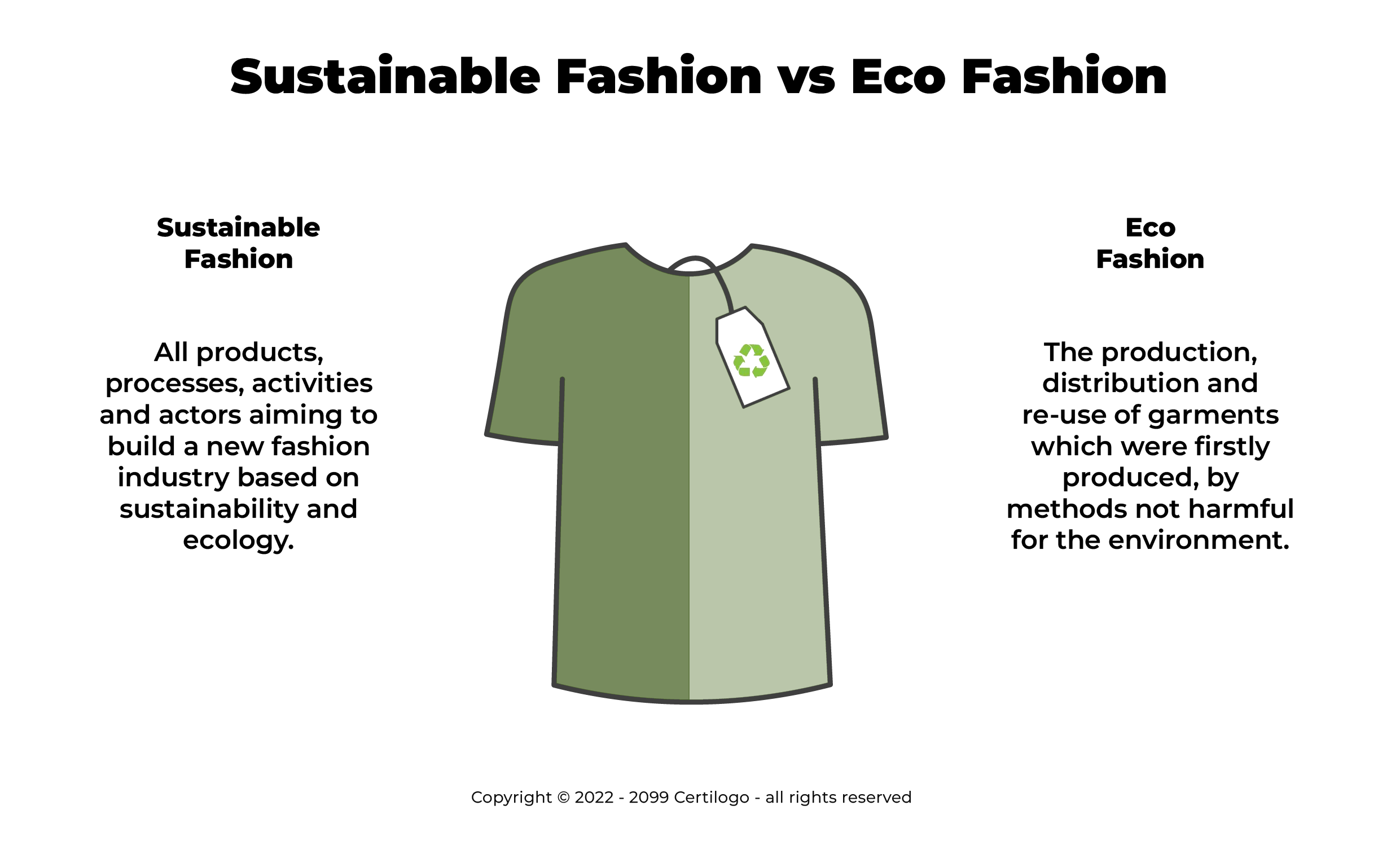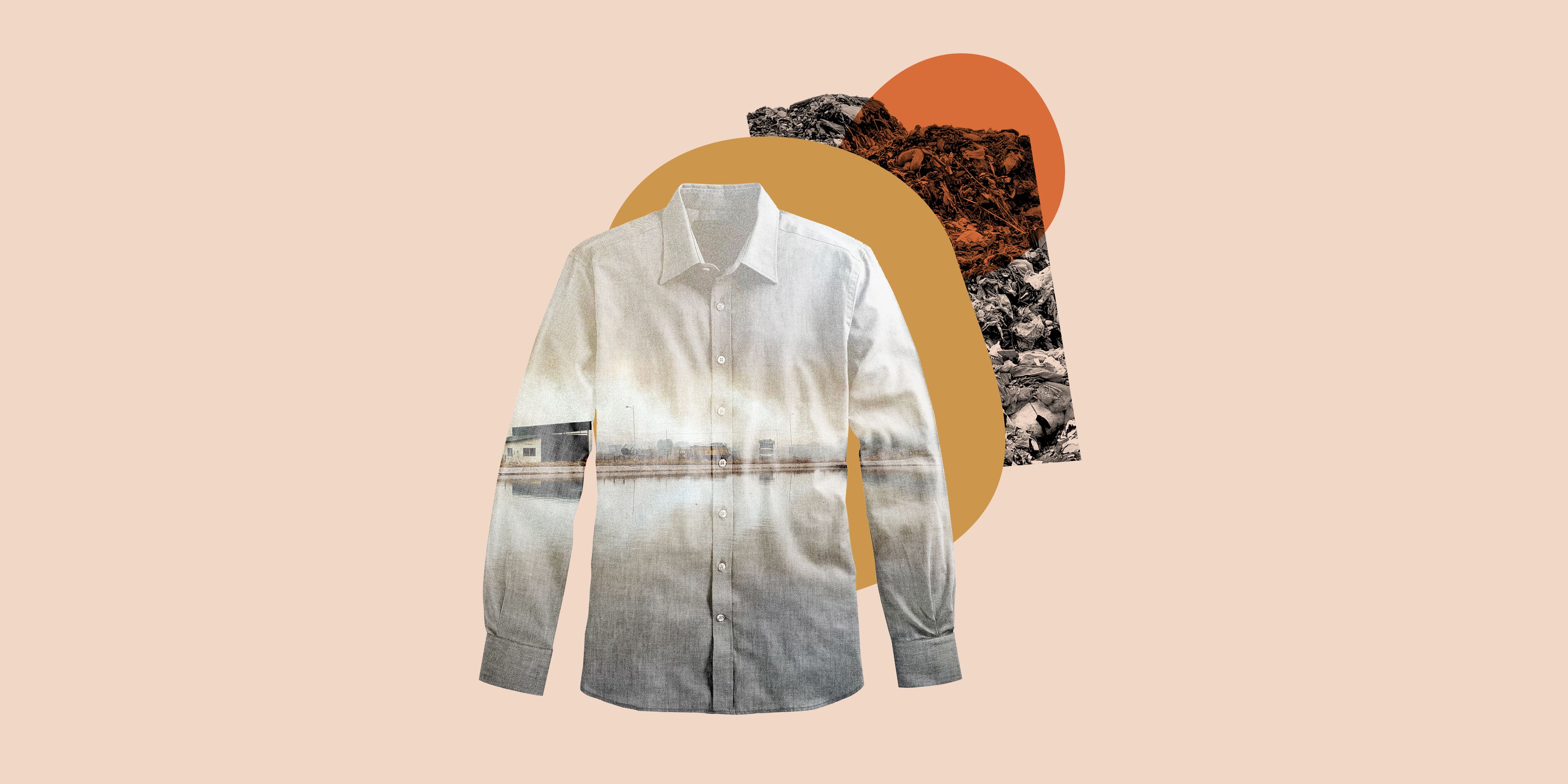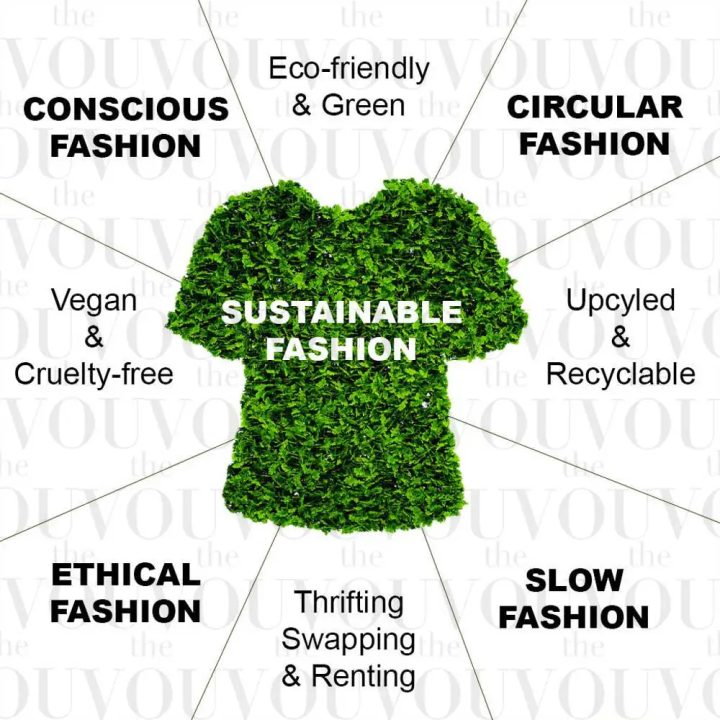The Foreseeable Future of Cape Town Sustainable Fashion in the Global Market
The Foreseeable Future of Cape Town Sustainable Fashion in the Global Market
Blog Article
Remain Ahead of the Curve by Checking Out Cutting-edge Fashion Patterns
In a sector as vibrant as fashion, remaining ahead includes more than just following current fads-- it requires an exploration of development. Smart fabrics, for instance, are changing garments right into functional work of arts, while 3D printing is reinventing style procedures with its customizable, waste-reducing capabilities. As sustainability ends up being a keystone, innovations like environmentally friendly products and round fashion methods are improving ecological obligation - Cape Town Sustainable Fashion. In addition, the merging of innovation and fashion advertises a new period of consumer engagement. Just how, then, can these emerging trends redefine the future of fashion, and what implications do they hold for brand names seeking to thrive in this evolving landscape?

Accepting Smart Textiles
In current years, the fashion business has experienced a transformative shift with the combination of wise textiles, an innovative development that mixes technology with material. This development stands for not just a combination of aesthetics and performance however additionally a considerable leap in the direction of sustainability and customization in vogue. Smart fabrics, additionally referred to as e-textiles, installed advanced electronic devices such as sensing units and conductive threads within the fabric, allowing garments to communicate with the user or the environment.
These textiles are made to monitor physical specifications, such as heart price or body temperature, supplying real-time wellness analytics. Beyond health and wellness applications, wise fabrics are also being made use of for adaptive garments, which can alter color or pattern in reaction to ecological stimuli, thus offering a dynamic style experience.
Furthermore, the advancement of energy-harvesting textiles that generate power from activity or sunshine is leading the way for self-sufficient wearable modern technology. This development is appealing to eco aware consumers and designers aiming to lower the eco-friendly footprint of style. As study and growth in this field advancement, smart textiles are anticipated to come to be significantly common, improving the landscape of contemporary style with their multifunctional abilities.
The Increase of 3D Printing
Revolutionizing the manufacturing landscape, 3D printing has arised as a game-changer in the garment industry. This sophisticated innovation has actually made it possible for developers to push the boundaries of creativity, producing detailed and customized garments that were formerly unbelievable. By leveraging digital design and additive production, 3D printing facilitates the creation of complex geometries and patterns, permitting designers to trying out new structures and structures.
A significant benefit of 3D printing in fashion is its capacity to create on-demand, lessening waste and reducing inventory demands. This effectiveness not just enhances production procedures but likewise enables fast prototyping, enabling designers to bring their visions to life in a much shorter timeframe. Additionally, 3D printing supports customization somewhat unmatched by conventional methods, supplying personalized fits and one-of-a-kind designs tailored to individual customer choices.
The rise of 3D printing has actually also equalized style, making it easily accessible to emerging developers who can now produce high-quality pieces without substantial monetary investment in conventional manufacturing infrastructure. As technology remains to advance, the style industry is positioned to harness the full capacity of 3D printing, exploring new materials and methods that will undoubtedly redefine just how style is developed and produced.
Sustainable Fashion Developments
As the apparel industry comes to grips with the pushing demand for ecological responsibility, sustainable fashion technologies have actually arised at the leading edge of transformative change. The expanding understanding of eco-friendly influence has actually fueled a change in the direction of more eco-conscious methods and materials. Brands and designers are now focusing on sustainability, incorporating approaches that reduce waste and lower carbon footprints.
One substantial advancement is the rise of round fashion, which highlights recycling and upcycling to extend the lifecycle of garments. This method not only decreases waste yet additionally motivates customers to embrace an extra conscious approach to clothing usage. Additionally, using sustainable products, such as natural cotton, hemp, and recycled polyester, has obtained traction. These materials call for much less water and energy during manufacturing, reference dramatically decreasing ecological impact.
One more advancement hinges on the fostering of cutting-edge dyeing methods that use waterless procedures or natural dyes, thus lowering the vast quantities of water and chemicals typically utilized in textile dyeing. Furthermore, innovations in biotechnology have actually resulted in the creation of lab-grown leather and fabrics, offering environmentally friendly and cruelty-free options to standard materials. With these introducing efforts, the garment industry is making significant strides in the direction of a much more lasting future.

Tech-Integrated Garments
Tech-integrated apparel represents an innovative blend of fashion and modern technology, improving exactly how individuals interact with their clothes. This cutting-edge domain is marked by the addition of clever textiles and ingrained digital components, enhancing both capability and visual charm. From physical fitness trackers embedded in sportswear to warmed jackets controlled by means of mobile phone apps, tech-integrated apparel uses consumers extraordinary comfort and flexibility.
Pioneering brands are driving this pattern, concentrating on creating garments that react to environmental stimuli or user commands. For example, some garments can transform color or pattern in response to temperature level changes, while others include biometric sensors to keep track of health metrics like heart rate or tension degrees. The seamless integration of modern technology into fabrics likewise reaches ecological sustainability, with initiatives to create self-cleaning materials or garments that adapt to climate condition, hence minimizing the demand for multiple layers.
Moreover, the arrival of wearable innovation is not simply restricted to apparel however includes devices like watches and eyeglasses, additional widening the extent of read more tech-integrated fashion. As the market remains to innovate, the potential for modification and personalization in clothing grows, supplying consumers one-of-a-kind, tech-enhanced style experiences that satisfy their specific needs and preferences.
Future of Virtual Style
In recent times, the future of virtual style has actually arised as a transformative pressure within the industry, leveraging advancements in digital modern technology to redefine how style is developed, experienced, and eaten. By incorporating augmented reality (AR), virtual reality (VR), and 3D style devices, designers can now craft interactive and immersive experiences that go beyond traditional style limits. Digital style enables the creation of garments that exist exclusively in electronic atmospheres, offering limitless possibilities for advancement without the limitations of physical manufacturing.
This digital change not only offers possibilities for innovative expression yet also addresses sustainability concerns fundamental in typical fashion methods. Cape Town Sustainable Fashion. By getting rid of the need for physical resources, online style reduces waste and reduces carbon impacts. Moreover, the surge of digital style aligns with the enhancing customer demand for customized and unique experiences, as digital garments can be customized and customized to individual choices easily

Final Thought
The garment industry's future depend on the combination of cutting-edge innovations and sustainable methods - Cape Town Sustainable Fashion. Smart fabrics and tech-integrated apparel are boosting functionality, while 3D printing provides chances for personalization and waste decrease. Lasting fashion, through round strategies and eco-friendly materials, shows a dedication to environmental stewardship. In addition, digital fashion is poised to redefine consumer interactions. Adjusting to these trends is necessary for brands looking for to continue to be appropriate and competitive in this rapidly progressing landscape.
In recent years, the fashion industry has seen a transformative shift with the integration of smart fabrics, an innovative innovation that mixes technology with fabric.As the style sector grapples with the pushing demand for environmental responsibility, lasting fashion advancements have arised at the leading edge of transformative modification.In current years, the future of digital fashion has actually arised as a transformative force within the industry, leveraging innovations in digital modern technology to redefine exactly how style is created, experienced, and taken in. The increase of digital style aligns with the boosting consumer demand for one-of-a-kind and tailored experiences, as digital garments can be tailored he said and tailored to private preferences with convenience.
The style market's future lies in the assimilation of innovative technologies and lasting techniques.
Report this page